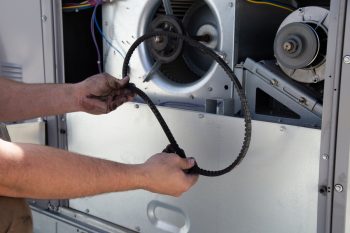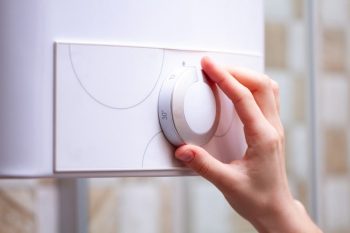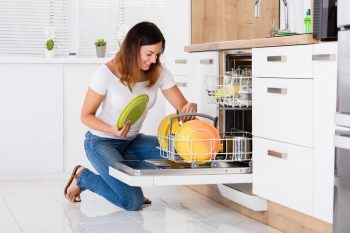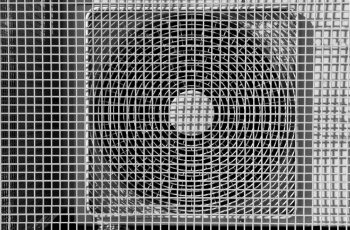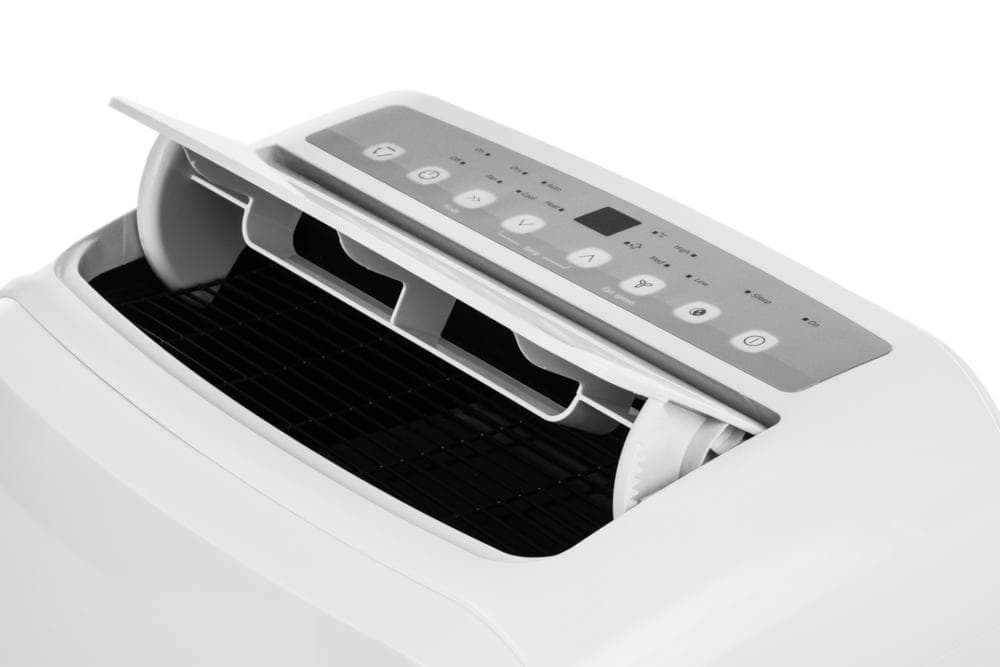
Portable air conditioners are a popular choice for those looking to cool their homes, offices, or other spaces without the need for permanent installation. They offer a range of benefits, including cost-effectiveness, easy installation, portability, and energy efficiency. However, to make the most of these versatile machines, it’s crucial to understand how to use them correctly. This comprehensive guide will walk you through everything you need to know about properly using a portable air conditioner.
To properly use a portable air conditioner, first choose the right unit considering the size of the room and other factors. Set it up near a window and an electrical outlet, install the window adapter kit, attach the exhaust hose, and plug in the unit. Maximize cooling efficiency by insulating the AC hose, keeping the exhaust hose straight, closing doors and windows, turning the AC on before the room gets too hot, and regularly cleaning and maintaining your unit.
Understanding How a Portable Air Conditioner Works
Before getting into the specifics of how to use a portable air conditioner, it’s helpful to understand how these units work. A portable air conditioner works by pulling in hot air from the room, cooling it, and then expelling the cooled air back into the room. The hot air that’s been removed is then vented out of the room through an exhaust hose. This process continues until the room reaches the desired temperature.
Choosing the Right Portable Air Conditioner
One of the first steps in using a portable air conditioner properly is choosing the right unit for your needs. When selecting a portable air conditioner, consider factors like the size of the room you need to cool, venting requirements, energy efficiency, noise level, portability, and special features.
The cooling capacity of portable air conditioners is measured in British Thermal Units (BTUs). As a general rule, a portable air conditioner requires approximately 20 BTU for each square foot of floor space. So, for a room measuring 300 square feet, you would need a unit with a capacity of around 6,000 BTUs.
Remember, other factors such as ceiling height, insulation, and the amount of sunlight the room receives can also affect the required BTU capacity. You may need to adjust the BTU capacity accordingly based on these factors.
Setting Up a Portable Air Conditioner Correctly
Proper setup is key to ensuring that your portable air conditioner operates efficiently. Here are some steps to set up your unit correctly:
- Choose a Location: Place your portable air conditioner near a window and an electrical outlet. Make sure there is enough space around the unit for proper airflow.
- Install the Window Adapter Kit: Portable air conditioners come with a window adapter kit. This kit helps vent hot air from the room and prevents cool air from escaping.
- Attach the Exhaust Hose: Connect the exhaust hose to the air conditioner and the window adapter. This hose allows the hot air to be vented outside the room.
- Plug in the Unit: Once the air conditioner is properly positioned and the exhaust hose is connected, you can plug in the unit.
- Turn on the Air Conditioner: You can now turn on your portable air conditioner and start enjoying a cooler room.
Remember, proper installation is crucial for optimal performance. Be sure to follow the manufacturer’s instructions closely.
Maximizing the Cooling Efficiency of Your Portable Air Conditioner
To ensure your portable air conditioner is as efficient as possible, follow these tips:
- Insulate the AC hose to prevent heat from being transferred back into the room.
- Keep the exhaust hose as straight as possible to minimize airflow resistance.
- Close doors and windows to keep the cool air in and the warm air out.
- Turn on the air conditioner before the room gets too hot. It’s easier to maintain a cool temperature than to cool down a hot room.
- Regularly clean and maintain your unit to keep it running efficiently.
Maintaining Your Portable Air Conditioner
Regular maintenance is crucial to keep your portable air conditioner running efficiently and effectively. Here are some best practices:
- Clean or Replace Filters Regularly: Dirty or clogged filters can reduce airflow and efficiency.
- Drain the Water: Drain the water condensate regularly to ensure optimal performance.
- Clean the Exterior: Use a soft, damp cloth to clean the surface of your unit.
- Check the Coils: Inspect the coils for dirt or damage and clean them gently with a soft brush or vacuum cleaner.
By following these steps, you can ensure that your portable air conditioner works effectively to keep your space cool and comfortable. Enjoy the benefits of portable air conditioning, and stay cool this summer!
Frequently Asked Questions
Can a portable air conditioner cool multiple rooms?
Generally, a portable air conditioner is designed to cool one room. However, if the rooms are small and adjacent with open doorways, it may be possible to cool multiple rooms. Keep in mind that this might not be as efficient as cooling a single room.
How often should I clean the filters on my portable air conditioner?
It’s recommended to clean the filters every two weeks during periods of heavy use. This can vary depending on the air quality in your home and how often you use the air conditioner. Always refer to your manufacturer’s instructions.
What happens if I don’t vent my portable air conditioner?
If you don’t vent your portable air conditioner, the hot air the unit extracts from the room will be recirculated back into the room, reducing the cooling efficiency of the unit. It’s important to always vent your portable air conditioner to an outside area.
How much electricity does a portable air conditioner use?
The amount of electricity a portable air conditioner uses can vary based on factors such as its BTU rating and how often it’s used. On average, a portable air conditioner can use between 500 and 1500 watts per hour. To get a more accurate estimate, you can check the unit’s wattage or refer to the Energy Guide label.
Can I use an extension cord with my portable air conditioner?
It’s generally not recommended to use an extension cord with your portable air conditioner due to safety reasons. These units draw a significant amount of power, which can overload an extension cord, leading to a potential fire hazard. Always plug your air conditioner directly into a wall outlet whenever possible.



